News: The best of Russian Science and Technology
Under supervision of professor Vladimir M. Lipunov
|
|
14.12.2000
17:57 |
Global Computer Model of Organism |
|
09.12.2000
13:47 |
Hypersound Engine in the Process of Testing
|
|
30.11.2000
14:08 |
Airplane with Inverse Arrow-Shaped Wing Profile
is to be undergone to its 3rd stage of Trial at
the end of November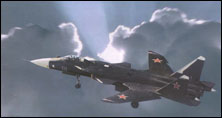
|
|
23.11.2000
11:58 |
Engines Provided by Russia to America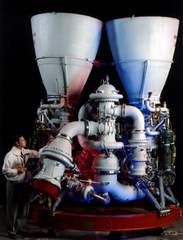
|
|
20.11.2000
11:55 |
Russian Army Will Get a New Helicopter
|
|
09.11.2000
13:00 |
For the first time the cloning of a mammal was done in Russia 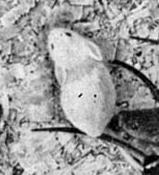
|
|
31.10.2000
08:19 |
First Crew Started to the International
Space Station (ISS) |
|
19.10.2000
14:00 |
Break-Through into the Earth's History,
or Drilling the Bottom of Lake Baikal
|
|
10.10.2000
16:02 |
Zhores I. Alferov is Nobil Prize 2000 winner in Physics!
|
|
07.10.2000
22:14 |
Famous Soviet Astrophysicist Celebrates his 55th Anniversary
|
|
05.10.2000
00:39 |
Moscow Government Provides Grants |
|
04.10.2000
20:21 |
All-Moscow seminar of Astrophysicists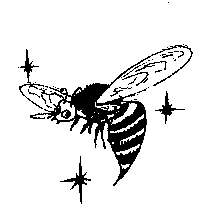
|
|
04.10.2000
18:11 |
Russia Leads the Way to the Space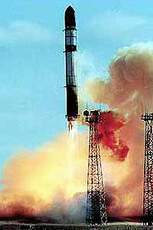
|
|
28.09.2000
14:15 |
Negative magnetic permeability predicted russian scientist
|
|
21.09.2000
19:04 |
Unprecedented case in the History of Russian Science:
Presentation Made - Money Paid!
|
|
14.09.2000
17:12 |
E2K - the best russian processor
|
|
31.08.2000
20:06 |
Gravitational Wave Astronomy: in Anticipation of First
Sources to be Detected
Authors: L.P.Grishchuk, V.M.Lipunov, K.A.Postnov, M.E.Prokhorov,
B.S.Sathyaprakash
The first generation of long-baseline laser interferometric detectors of gravitational
waves will start collecting data in 2001-2003. We carefully analyse their planned
performance and compare it with the expected strengths of astrophysical sources.
The scientific importance of the anticipated discovery of various gravitatinal wave
signals and the reliability of theoretical predictions are taken into account in our
analysis. We try to be conservative both in evaluating the theoretical uncertainties
about a source and the prospects of its detection. After having considered many
possible sources, we place our emphasis on (1) inspiraling binaries consisting of
stellar mass black holes and (2) relic gravitational waves. We draw the conclusion
that inspiraling binary black holes are likely to be detected first by the initial
ground-based interferometers. We estimate that the initial interferometers will see
2-3 events per year from black hole binaries with component masses
10-15M_\odot, with a signal-to-noise ratio of around 2-3, in each of a network of
detectors consisting of GEO, VIRGO and the two LIGOs. It appears that other
possible sources, including coalescing neutron stars, are unlikely to be detected by
the initial instruments. We also argue that relic gravitational waves may be
discovered by the space-based interferometers in the frequency interval
2x10^{-3}-10^{-2} Hz, at the signal-to-noise ratio level around 3.
astro-ph/0008481
�
|
|
29.08.2000
19:23 |
All-Moscow Seminar of Astrophysicists will take place on 8 september |
|
29.08.2000
16:51 |
Colloquium "Black Holes - 2000"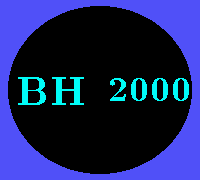
|
|
29.08.2000
16:40 |
Greenhouse catastrophe. Realistic scenario. |